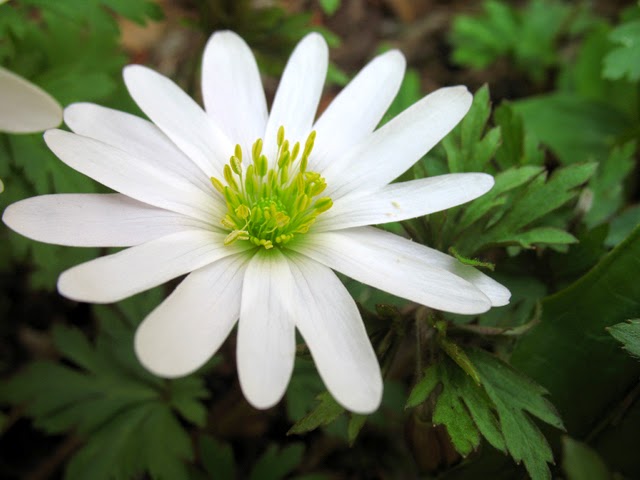Great day in the garden

It's that sunny warm day before a hard freeze and we are using every minute. Watering the cold hardy plants like these gardenias. I had to remind myself that it is best to mulch after the ground is frozen not when it is still warm like it is now. While weeding around the emerging larkspur and and pulling weeds it seemed like a good idea to plant hollyhock seeds. They are biennial so if we plant the seeds now and they emerge during warm spells, they will bloom summer 2015. Also, I'm harvesting zinnia seeds and planting them around for next summer. In a bed toward the back of our property where native plants thrive and multiply I worked removing hundreds of tiny plant seedlings and suckers that would choke out the rest of my shrubs, trees and flowers up there. Jon is working on pruning the dead and low hanging branches of the Loblolly pine trees - with intermittent chain saw adjustments - and removing a row of native privet shrubs that seemed like a good idea at th...






